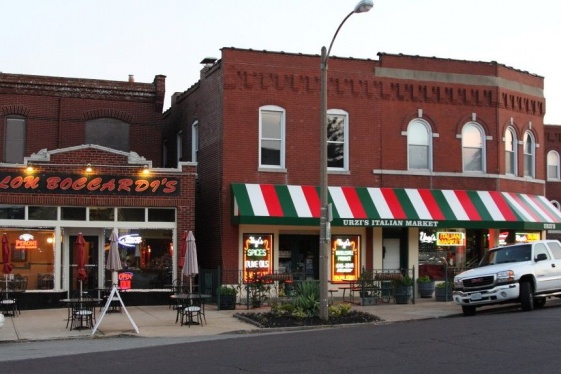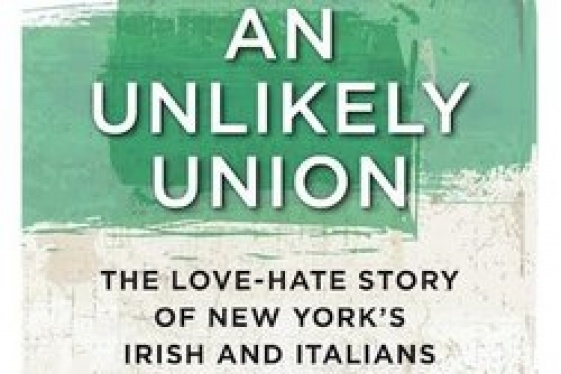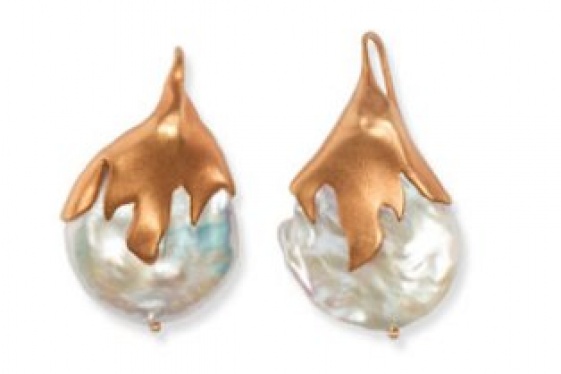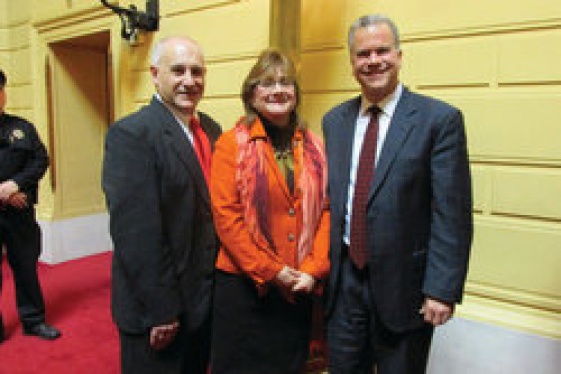

BY: Antonella Maia
Mercanteinfiera, the appointment of antiques, historical design and vintage collecting of Fiere di Parma, opens from March 12 to 20 with a look at the '900 and confirms its dates. To inaugurate the spring edition, two collateral exhibitions entitled "Partivano i bastimenti. Home sweet home America" and "Olivetti #StoriadiInnovazione".
Different stories that have in common the dimension of the dream: that of the more than 14 million Italians who at the beginning of the century embarked for the New World and that of a man, Adriano Olivetti, who aspired to an economic-industrial model based on solidarity, justice and humanity.
"Two different objectives guided me in my choice of exhibitions - says Ilaria Dazzi Exhibition Director of Mercanteinfiera. On the one hand, to contribute to a common sense of civil memory because the stories of yesterday's migrations are basically the same as those we see today, with the same fears, hopes and feelings. On the other hand, to light a spotlight on a genius of design, and not only, which is never talked about enough, who was able to innovate the Italian industry. Mercanteinfiera, without abdicating its vocation to business, has long wanted to be a place where to train creativity, imagination but also reflection. We welcome art enthusiasts, but we are committed to making sure that more aware citizens enter the gates".
Collateral exhibitions scheduled (Hall 4)
"Partivano i bastimenti. Home sweet home America" is curated by Massimo Cutò, journalist and collector, and recounts the journey of Italian migrants who, in the early 1900s, embarked for America with the great companies - Navigazione Generale Italiana, Lloyd Italiano, Fabre Line, to name but a few.
The exhibition includes three sections: the phenomenon of emigration, the ships and the crossing. The exhibition includes posters of the elegant, smoking ships that were sent monthly to the local curial offices and municipal offices advertising the new routes, as well as advertisements for Italian products that were already symbols of a pioneering "Made in Italy" concept; striking family photos framed between the two flags as a seal of integration in the New World, and the shoo-in stool, the humble destiny of many Italian macaroni (the popular term by which Italians were called). And then rosettes, the dreaded health cards of Ellis Island that decreed the beginning or the end of the dream and the melancholic music for a country now far away.
Olivetti #StoriadiInnovazione" is the title of the exhibition organized in collaboration with the Associazione Archivio Storico Olivetti in Ivrea. The exhibition is divided into three stages - typewriters, calculating machines, pc printers and cash registers - and aims at reflecting on the concept of design according to Adriano Olivetti: not only a powder to be put on the product to sell more, but also a metaphor of responsibility towards the environment, the people, the destiny of the product and society.
On display you will find the M40 and Lettera 22 models, the portable typewriter that has conquered great journalists and writers from Indro Montanelli to Oriana Fallaci, from Enzo Biagi to Ernest Hemingway. Then there is the Olivetti Valentine, designed in 1968 by Ettore Sottsass and Perry A. King, the Divisumma 24 and 18, Summa 19 and Programma 101, the desktop calculator considered by some computer historians to be the first real personal computer in history.
However, the undisputed trademarks of Mercanteinfiera are antiques, design and vintage collectibles: In 40 thousand square meters of exhibition space and four pavilions will parade the entire history of art from '600 to 900, from Baroque to Classicism, from Romanticism to Realism to Art Deco up to encroach on the world of rarities where it is not unusual to find next to an antique clock Cartel 1800 signed by Antoine Thiout Paris, a painting by Cesare Viazzi, a sought-after stereoscopic viewer from the early 1900s to see postcards in three dimensions, a painting by the desecrating Austrian performance artist Hermann Nitsch or by Luciano Lutring, painter and criminal. Known in the '60s as the "soloist of the machine gun" for his habit of hiding his weapons in the case of a violin, he flanked his career as an outlaw with that of an artist.
And then the great names of watchmaking (Rolex, Patek Philippe, Audemars Piguet, IWC, etc.), vintage fashion and historical design: Gio Ponti, Colombo, Fornasetti, Arne Jacobsen, Riccardo Giovannetti or Gaetano Pesce. Iconic objects from the past, expressions of great ideational and productive adventures that have entered our homes and transformed them. As they continue to do today, thanks also to Mercanteinfiera.
You may be interested
-
“The Hill” St. Louis’ Little Italy
When the fire hydrants begin to look like Italian flags with green, red and white stripes,...
-
A Week in Emilia Romagna: An Italian Atmosp...
The Wine Consortium of Romagna, together with Consulate General of Italy in Boston, the Ho...
-
An Unlikely Union: The love-hate story of Ne...
Award-winning author and Brooklynite Paul Moses is back with a historic yet dazzling sto...
-
Emanuele: cervello d'Italia al Mit di Boston
Si chiama Emanuele Ceccarelli lo studente del liceo Galvani di Bologna unico italiano amme...
-
L'Arte del Gioiello Italiano - Lecture and T...
How has Italy influenced the world of Jewelry? Join us for a special lecture on the a...
-
Polisena delivers address as state lawmakers...
"Italian-Americans came to our country, and state, poor and proud," Johnston Mayor Joseph...
-
The “Little Italies” of Michigan
In doing reseach for this post, I was sure that Italian immigrants found their way to Detr...
-
Ybor City – Florida’s Little Italy
"The people who had lived for centuries in Sicilian villages perched on hilltops for prote...










